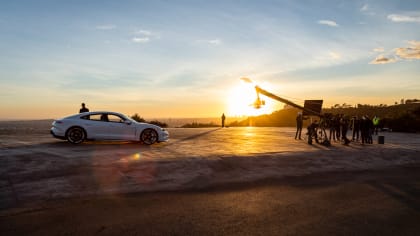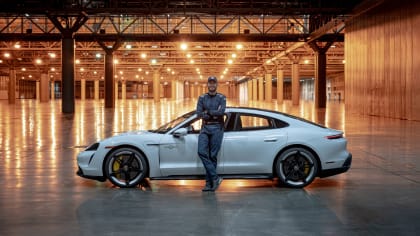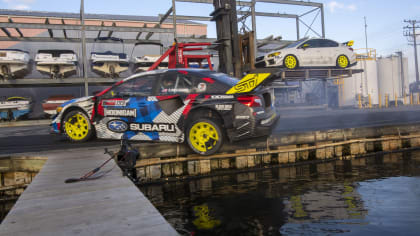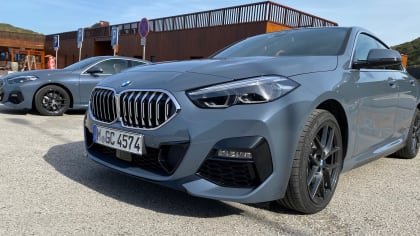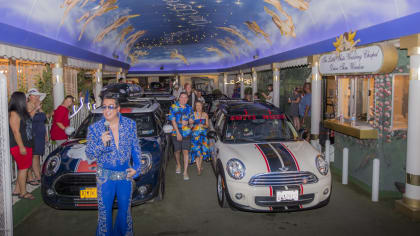The Green Wave
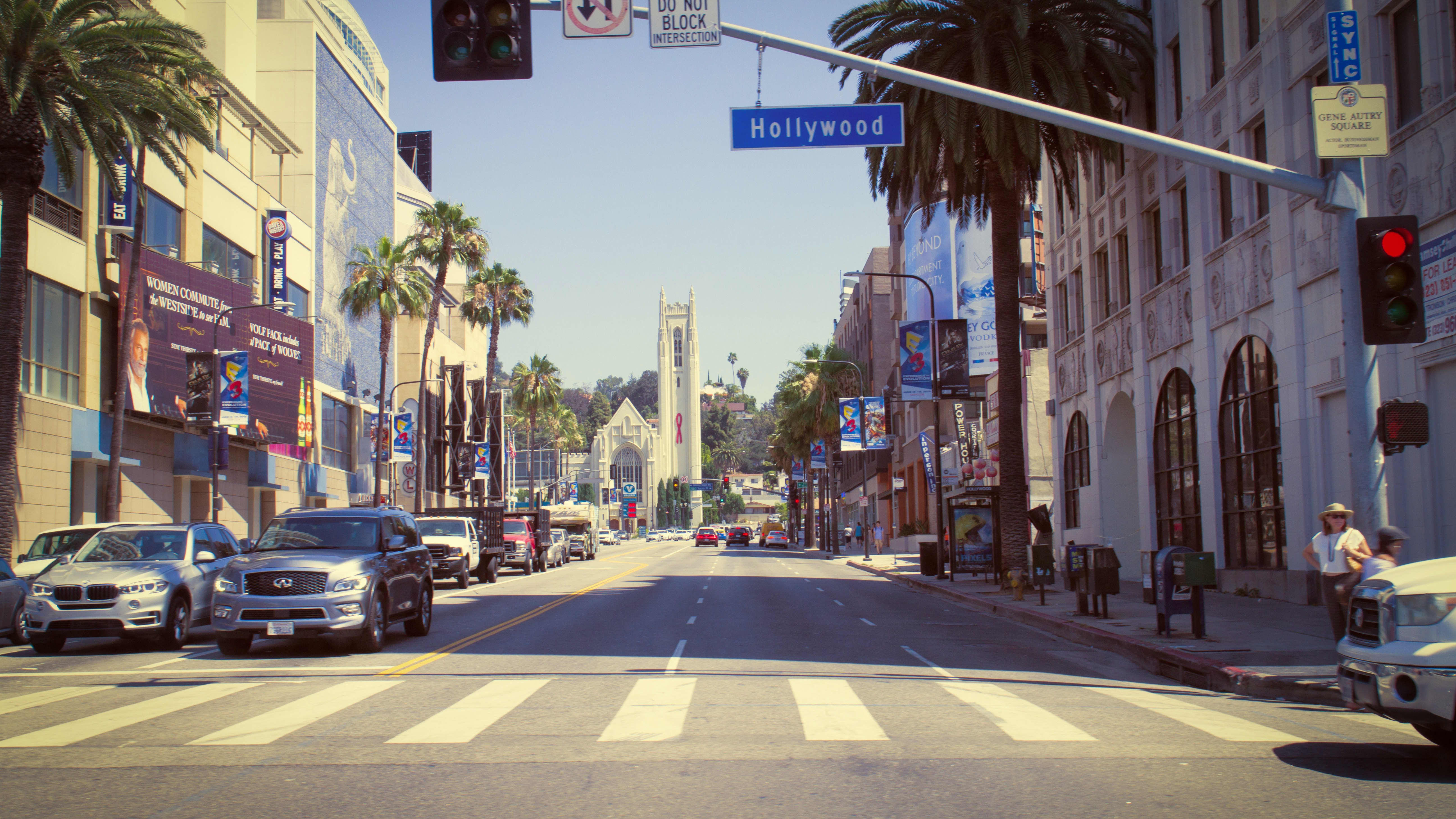
Synchronizing Green Lights In Los Angeles
While fuming at red light after red light, I often wonder why Los Angeles and other cities do not do a better job of synchronizing traffic lights.
By Zoran Segina
Wed, May 24, 2023 12:26 PM PST
City fathers and mothers (should we collectively call them City Parents?) in Los Angeles and other California municipalities spend considerable time and energy debating how to decrease internal combustion engine emissions to prevent global warming. Car manufacturers are heeding this call by installing a device that turns off the engine if the car idles longer than a certain period. My 2014 family station wagon is equipped with this annoying feature which, I was told, cannot be permanently disabled. And yet, traffic planners seem to overlook a simple and effective method to substantially lower emissions on all cars and trucks rolling around. I am talking about synchronizing traffic lights.
There are few things more frustrating than driving in a light to moderate traffic along any of our major thoroughfares – Venice, Pico, Olympic, Santa Monica Boulevard, and Wilshire (west-east), or Sepulveda, Sawtelle, and Overland (north-south) - and repeatedly hitting red lights which seemingly turn at random even if there is no one on any of the side streets. What should be a smooth drive turns into a frantic rush every few hundred yards hoping to reach the next intersection while the light is still green. While fuming at a red light after red light, I often wondered why Los Angeles and other cities do not do a better job of synchronizing traffic lights.
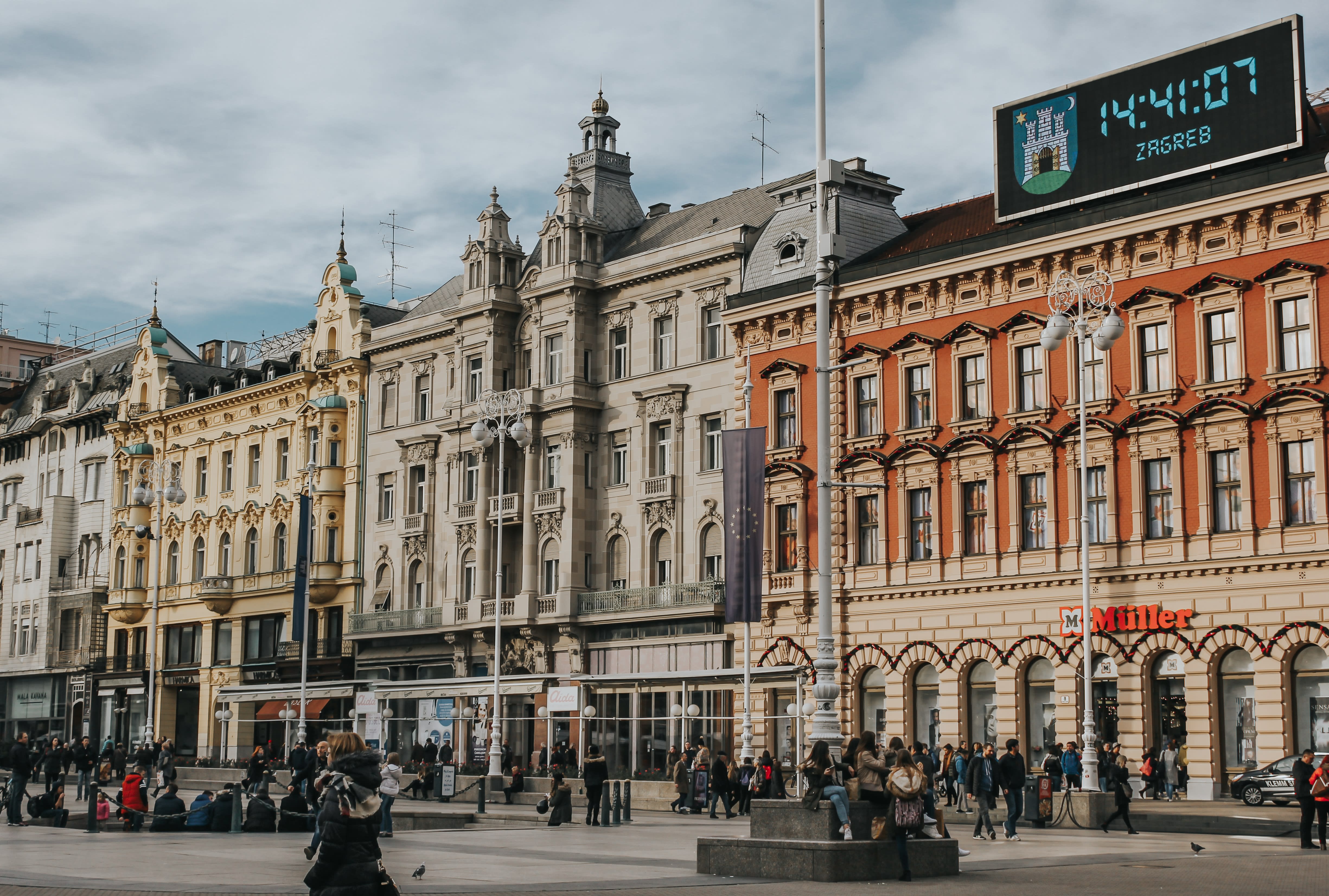
This idea is not new. In my hometown of Zagreb (Croatia), we had what was referred to as the Green Wave fifty years ago. On each of the five or six major roads the traffic lights were coordinated so a driver going about 25 or 30 miles an hour would encounter a green light at the next intersection, and the next one, and so on. The car never had to stop. Each Green Wave would last two minutes or so to let a group of cars known as a "platoon" travel without interruption. Then the lights would change to let the traffic from the side streets cross or merge. Thereafter, the next Green Wave would start. The term solely referred to the green traffic lights. Today, the Green Wave could also denote greening of the environment by reducing pollution.
I understand that the Los Angeles traffic lights are highly computerized and controlled from a central location somewhere in town (remember the computer whiz Lyle "Napster" from the 2003 thriller "The Italian Job?") If this is indeed true, the software engineers in charge of the Los Angeles traffic either haven’t coordinated timing of green lights or if they did, I am yet to encounter it regularly. From a purely technical standpoint this should not be too difficult. After all, from a lab in Pasadena we currently communicate with a spacecraft orbiting the moons of Jupiter. Thus, setting up a system that would make a bunch of traffic lights up and down the road talk to each other is likely to be a routine job. I understand that our major thoroughfares cross several municipalities, but a little inter-city coordination would go a long way to make life easier for Southern California drivers.
In addition, green light coordination would save gas and reduce emissions. It is axiomatic that any internal combustion powered vehicle uses the most fuel when accelerating from a standing start. If, when driving on Pico, Olympic, Sepulveda, Sawtelle - you name it - I did not have to stop at every second or third intersection and wait for the green light I would save gas, time, as well as my nerves. A 2011 study modeled the implementation of green waves during the night in a busy suburb in Manchester, in Great Britain. The results showed that using green wave signal setups on a network have the potential to reduce CO2, NOx and PM10 emissions from traffic, reduce fuel consumption of vehicles, reduce the time cars wait at side road, give pedestrians more time to cross at crossings and help them to cross streets as vehicles travel in platoons, control the speed of traffic in urban areas, and reduce wear and tear of vehicles.
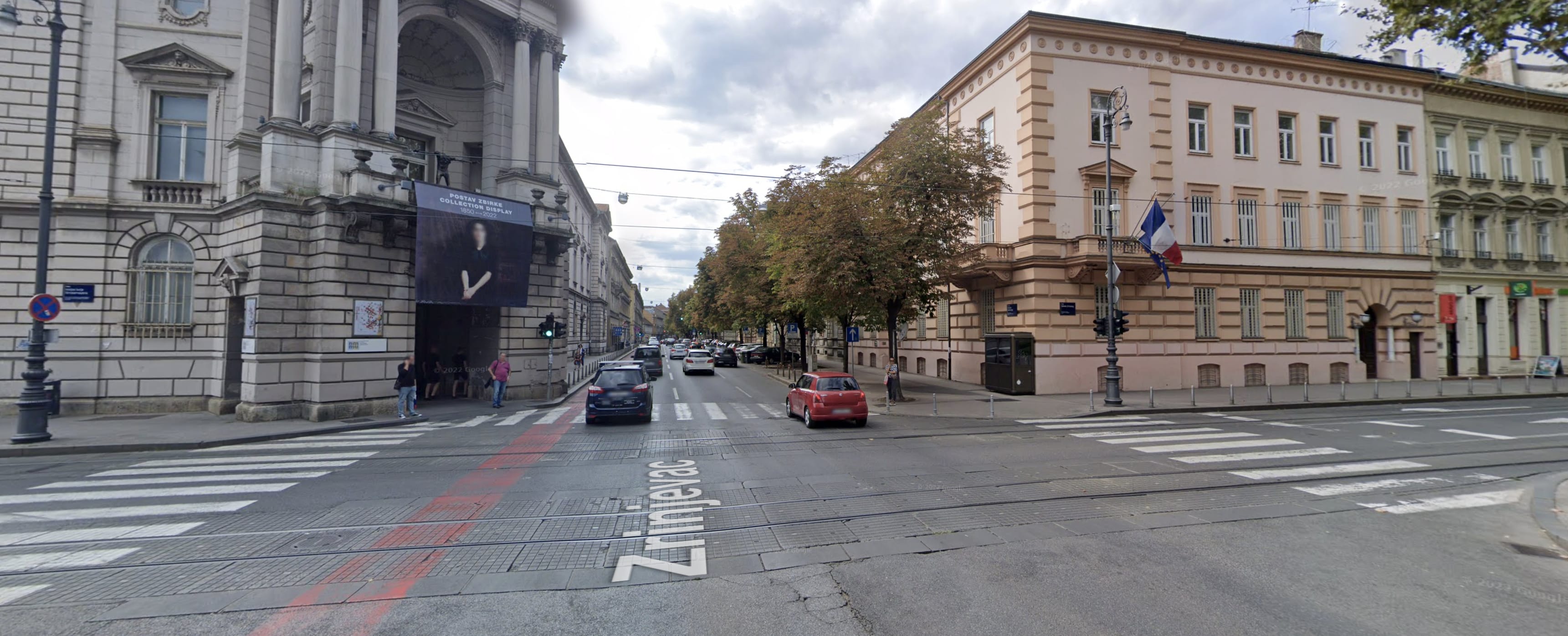
So far, I found coordinated traffic lights on two streets. Travelling eastbound on Olive Street from Grand Avenue toward the First Street one hits green traffic signal intersection after intersection. Also, going north on Centinela Avenue (which turns into Bundy) from Washington Boulevard to Ocean Park Avenue in Santa Monica one can ride that elusive Green Wave. But these are the only examples I recall. On other streets traffic lights seem completely random.
Undoubtedly, at five in the afternoon on the Westside, no coordination in the universe will make traffic flow smoothly. You couldn’t move traffic with a bulldozer. But there are many hours in the day when there are far fewer cars on the road. For these times can we, internal combustion dependent Southern California drivers, ask for more traffic lights coordination and less annoying drives? If my hometown, in a developing country half a century ago, managed to install and implement the Green Wave, how about doing it here in Southern California? Even before the 2028 Olympic Games.
Except – in April 2009 the BBC reported that the British Department for Transport had initially discouraged the green wave systems which reduce fuel use resulting in less fuel tax revenue.
Of course, California politicians would never resort to any measure to suck out more tax money from the motoring public...
Napster, are you listening?
Featured Image Mariola Grobelska.
Image of Zagreb, Croatia by Kristijan Arsov.
Street view image from Zagreb, Croatia provided by Google Maps.
About The Author

Zoran Segina grew up in Eastern Europe, where he owned several Zastava 750s (a variation of the Fiat 600) and participated in local rallies. After a lengthy diet of Yugoslav-manufactured cars, he came to the Mecca of automotive culture – wherein he promptly lost his heart to a tall girl and a short Dart Swinger. He currently commutes around LA in a BMW 633Csi, having made a switch from a Volvo 240 DL with a quarter million miles on the odometer.
